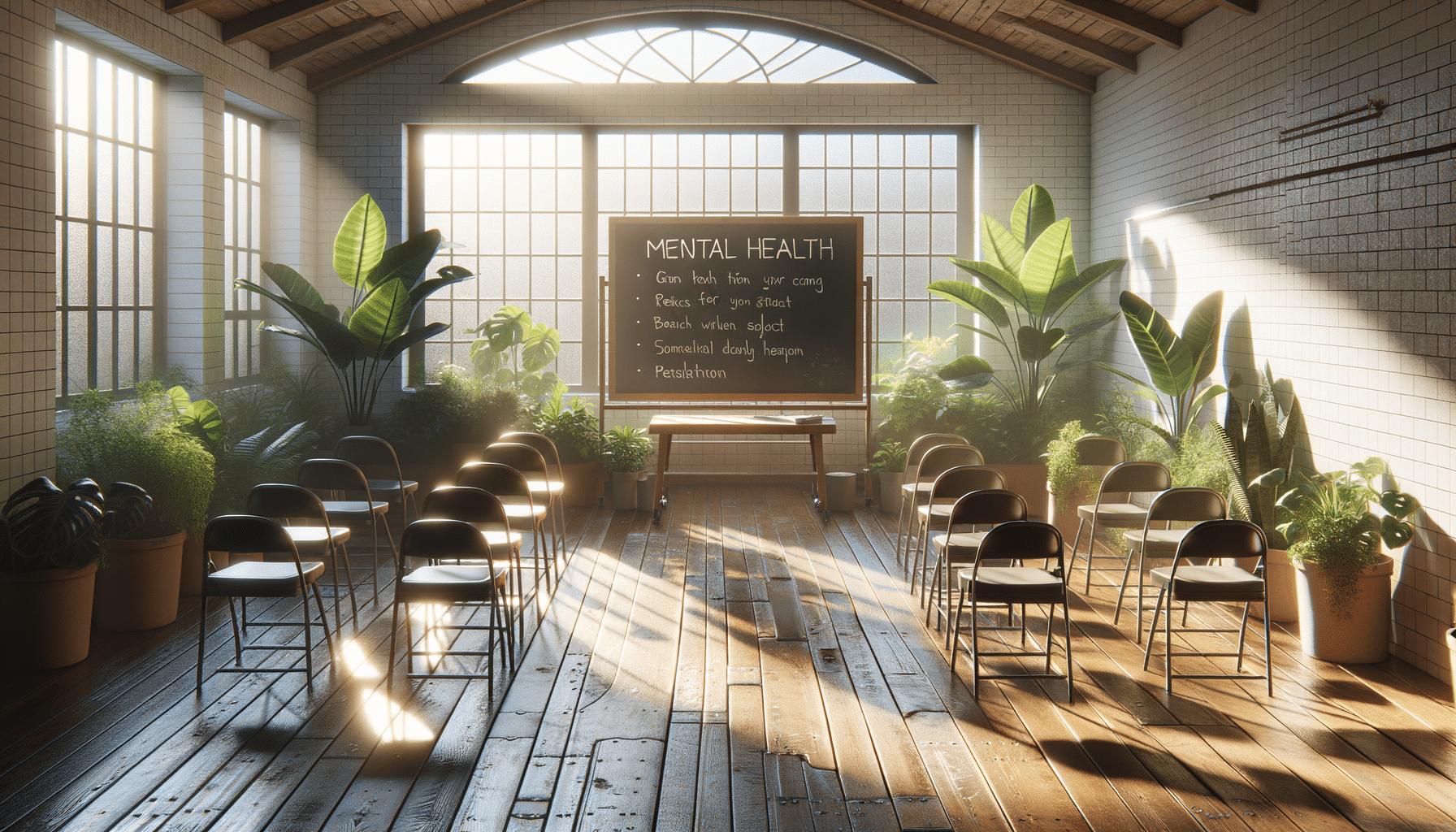
Virtual Reality in STEM Education: Enhancing Student Engagement and Understanding
Imagine a classroom where students can explore the depths of the ocean or journey through the vastness of space, all without leaving their desks. Virtual Reality (VR) is transforming STEM education by offering immersive experiences that captivate and educate like never before.
Revolutionizing Learning with Virtual Reality
Virtual Reality is no longer just a concept of science fiction; it’s a dynamic tool in today’s educational landscape, particularly in STEM (Science, Technology, Engineering, and Mathematics) fields. By simulating real-world environments, VR enables students to interact with complex concepts in a tangible way.
Expert Insights on VR in Education
Dr. Emily Thompson, a renowned educator in digital learning, emphasizes, “VR provides an opportunity for students to engage with material in an interactive manner, which can lead to a deeper understanding of abstract concepts.” This sentiment is echoed across the educational sector, where VR is being hailed as a game-changer.
Statistics and Research Findings
According to a study by the Journal of Educational Technology, students who used VR tools in their curriculum showed a 30% increase in retention rates compared to traditional learning methods. This data suggests that VR not only enhances engagement but also boosts educational outcomes.
Real-Life Examples of VR in Classrooms
Consider the case of a high school in California where students used VR to dissect virtual frogs instead of real ones. This approach not only reduced ethical concerns but also allowed for repeated practice without additional costs.
Actionable Tips for Educators
- Start small by integrating VR applications that align with your curriculum.
- Encourage students to collaborate in VR environments to solve complex problems.
- Explore free or affordable VR resources to minimize costs.
Pro Tip: Choose VR platforms that offer analytics to track student engagement and understanding, helping tailor future lessons more effectively.
Comparing VR Tools for STEM Education
| Tool Name | Key Features | Cost | Subject Focus |
|---|---|---|---|
| VR Science Lab | Interactive simulations | Free | Biology, Chemistry |
| Math VR | 3D Geometry Models | $50/year | Mathematics |
| Physics Universe | Real-world scenarios | $100/year | Physics |
| Engineering 360 | Project-based learning | $150/year | Engineering |
| Space Explorer | Planetary exploration | Free | Astronomy |
| Chemistry AR | Molecule interaction | $80/year | Chemistry |
| EcoSimulation | Ecosystem dynamics | $60/year | Environmental Science |
| Robotics Builder VR | Robot design | $120/year | Robotics |
FAQs
How does VR improve student engagement?
VR provides an immersive experience that can capture students’ attention more effectively than traditional methods, making learning more interactive and engaging.
Are there affordable VR options for schools?
Yes, many VR tools offer free or low-cost options suitable for educational purposes. Schools can start with these to integrate VR into their curriculum.
Can VR be used for all STEM subjects?
Yes, VR can be adapted to a wide range of STEM subjects, from biology and chemistry to physics and engineering, providing a versatile tool for educators.
Conclusion: Embracing the Future of Education
Virtual Reality is not just enhancing STEM education; it’s reshaping it. By providing immersive, interactive, and engaging learning experiences, VR helps students grasp complex concepts more effectively. As more schools adopt this technology, the future of education looks promising and exciting. Educators are encouraged to explore VR as a tool to inspire and educate the next generation of scientists, engineers, and mathematicians.


